You are viewing an old version of this page. View the current version.
Compare with Current
View Page History
« Previous
Version 8
Next »
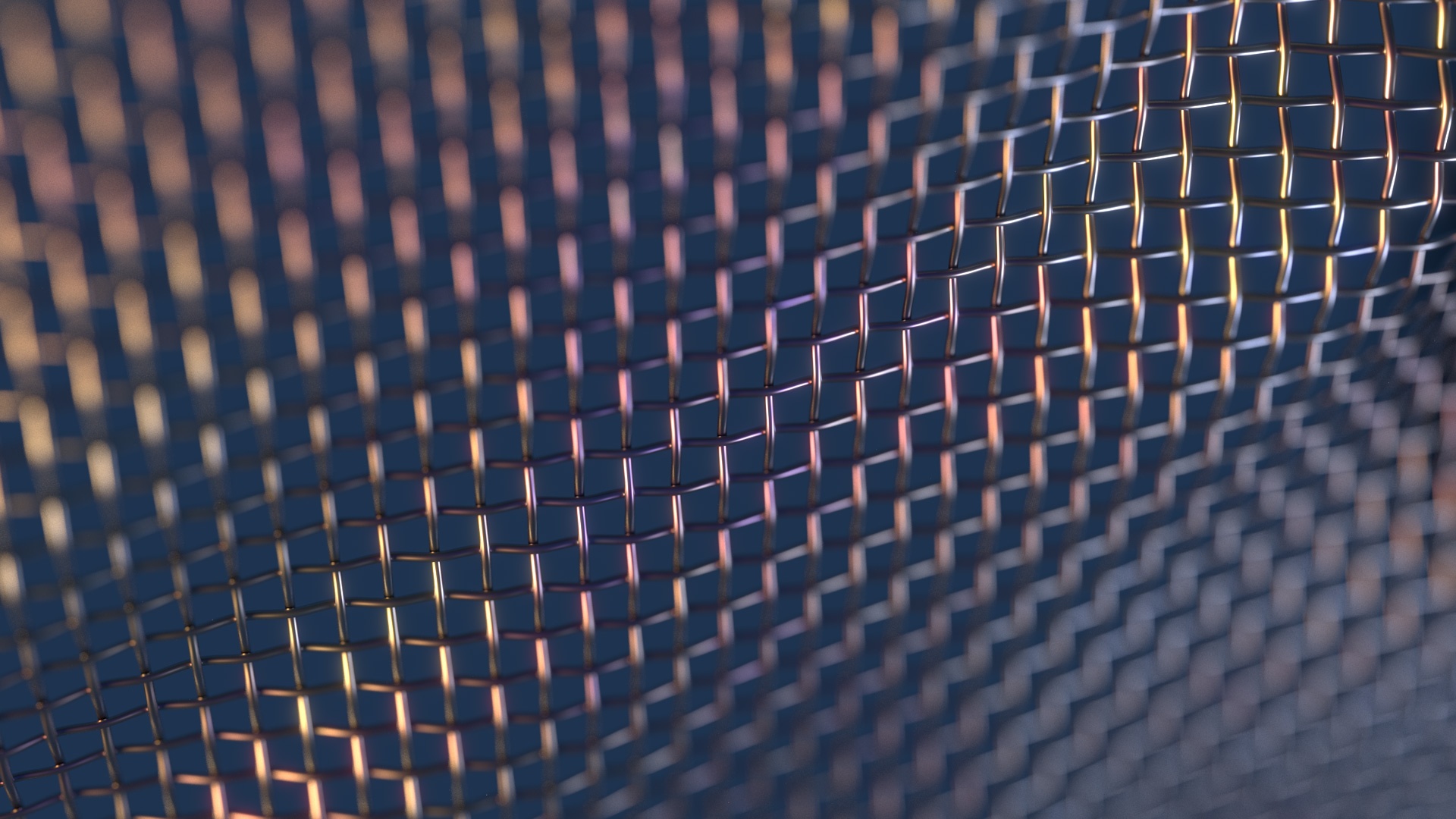
Tempering colors are produced when the metal is heated and a thin film of metal's oxide forms on the surface. They are dependent on the wavelength and angle of the incident light, the thickness of the oxide film, the refractive indices of the oxide material. This effect is called thin-film interference and occurs when a light is reflected from a thin oxide film.
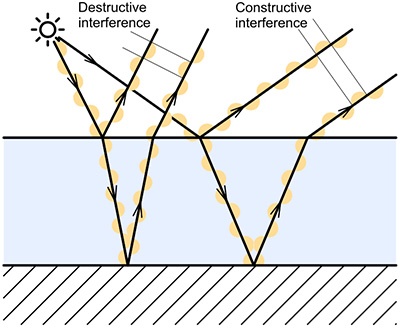
Figure 1: The source of the tempering colors. When the phase difference between the two reflected beams is an even integer multiple of the wavelength of the beam in the film, then the two reflected beams tend to interfere constructively. If the phase difference between the two reflected beams is an odd integer multiple of the wavelength of light in the film, the beams destructively interfere. | 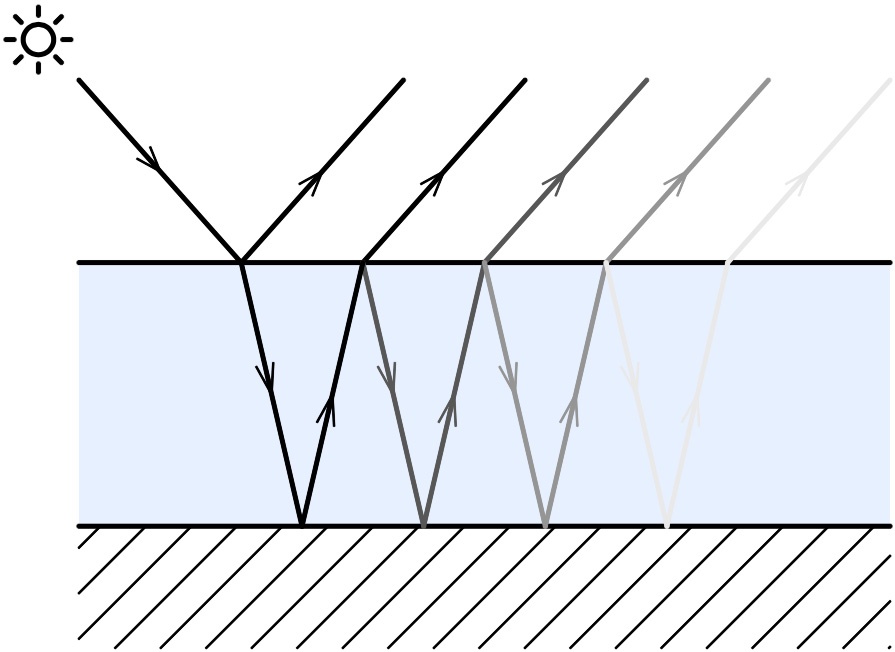
Figure 2: The thin film of the metal's oxide. |
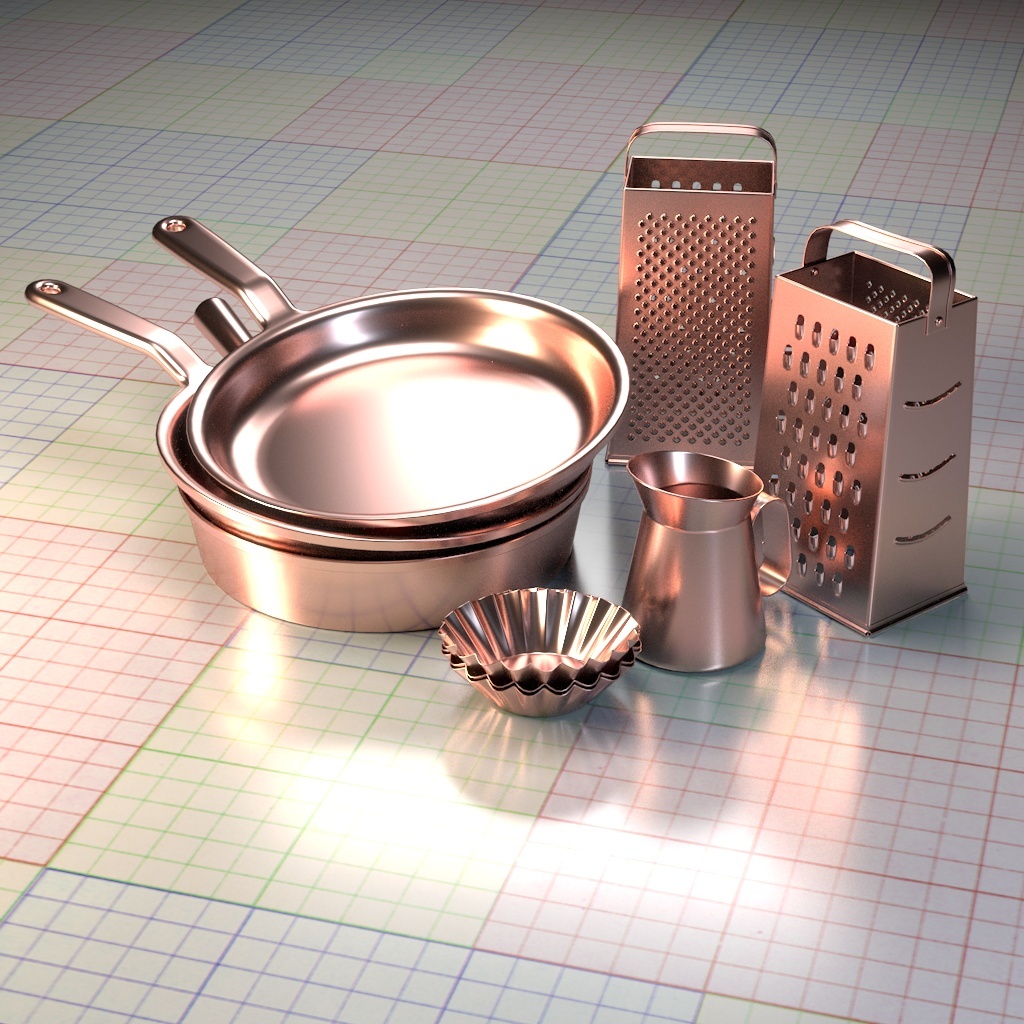
Copper
Reflectivity [0.9466, 0.6, 0.5382]
Edge Tint [1.0, 0.8503, 0.7963] | 
Gold
Reflectivity [ 0.8841, 0.6009, 0.3480]
Edge Tint [ 0.9965, 0.9110, 0.5005] |
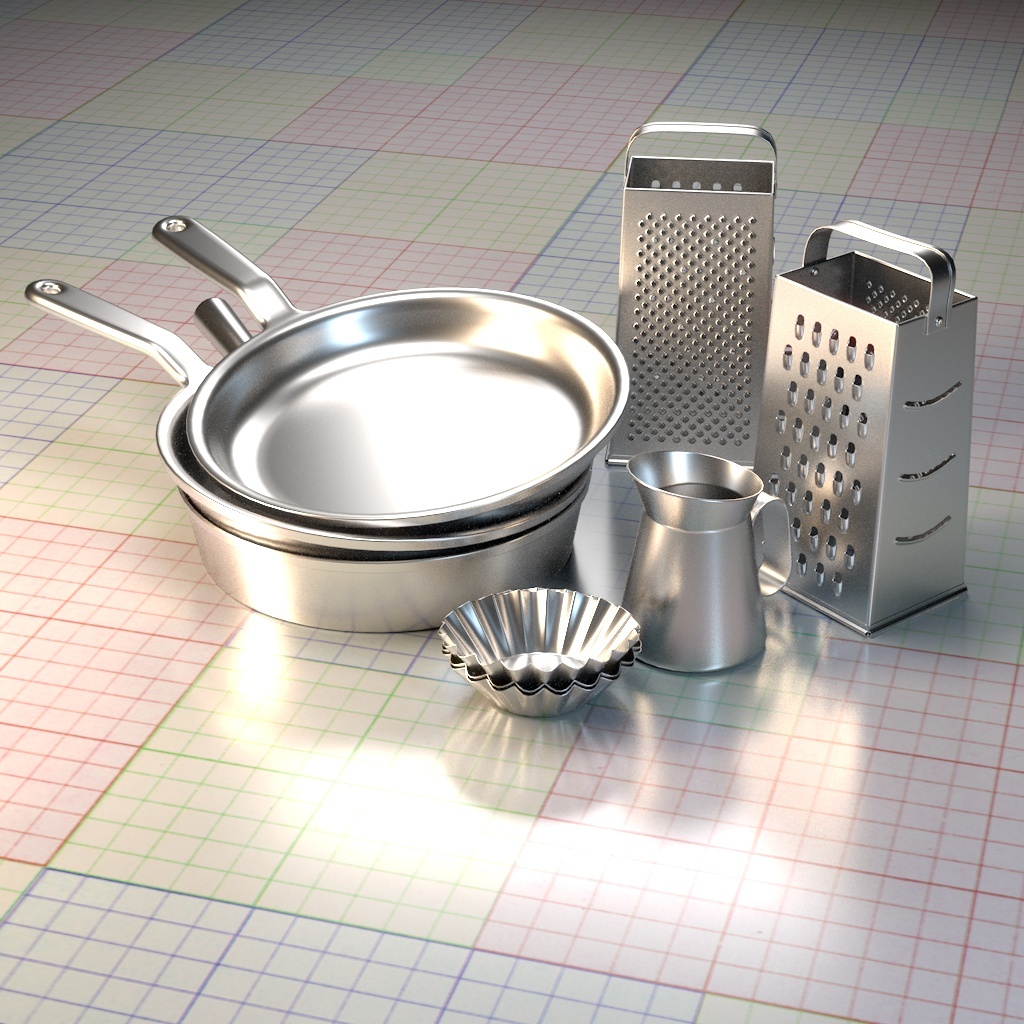
Aluminium
Reflectivity [ 0.9094, 0.8889, 0.8715]
Edge Tint [ 0.9553, 0.9584, 0.9608] | 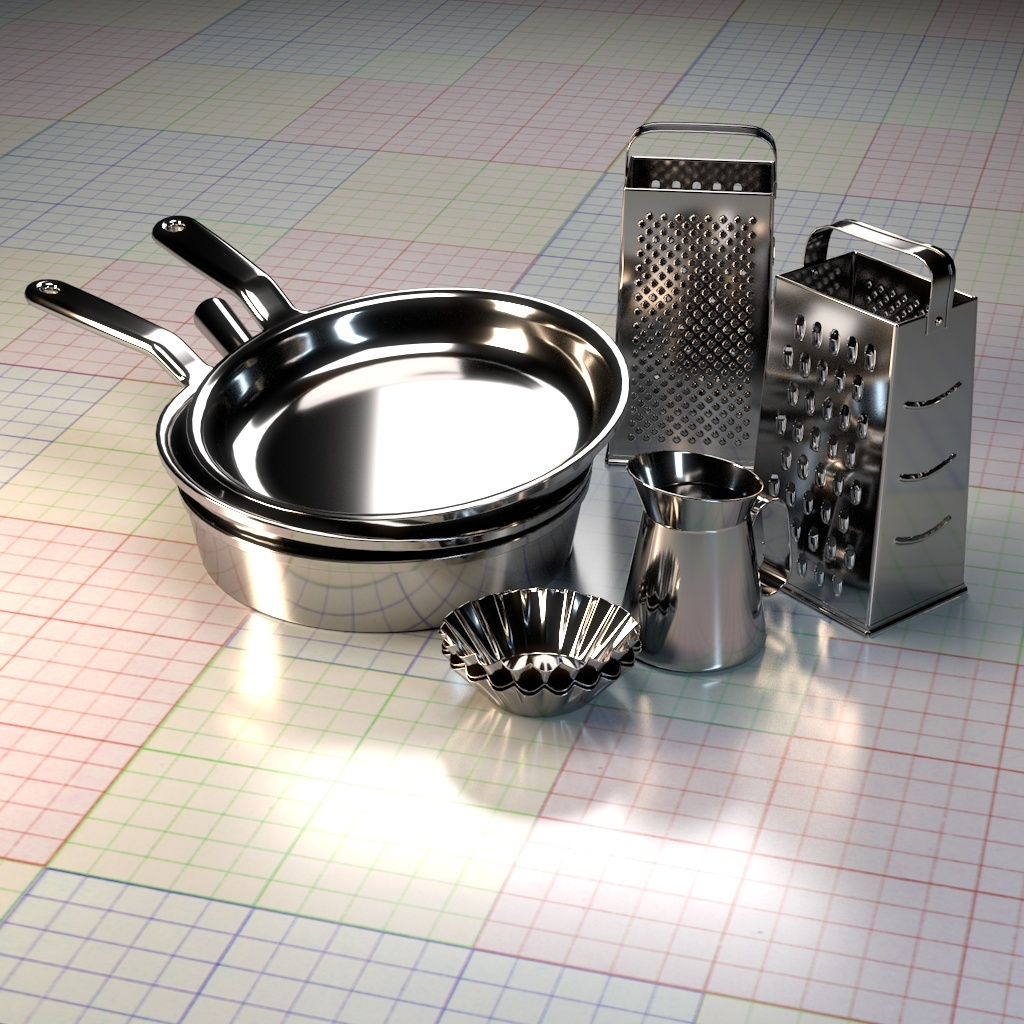
Iron
Reflectivity [ 0.5351, 0.5109, 0.4958]
Edge Tint [ 0.5108, 0.4807, 0.5120] |

Silver
Reflectivity [ 0.9521, 0.9246, 0.8911]
Edge Tint [ 1.0 , 1.0 , 1.0] | 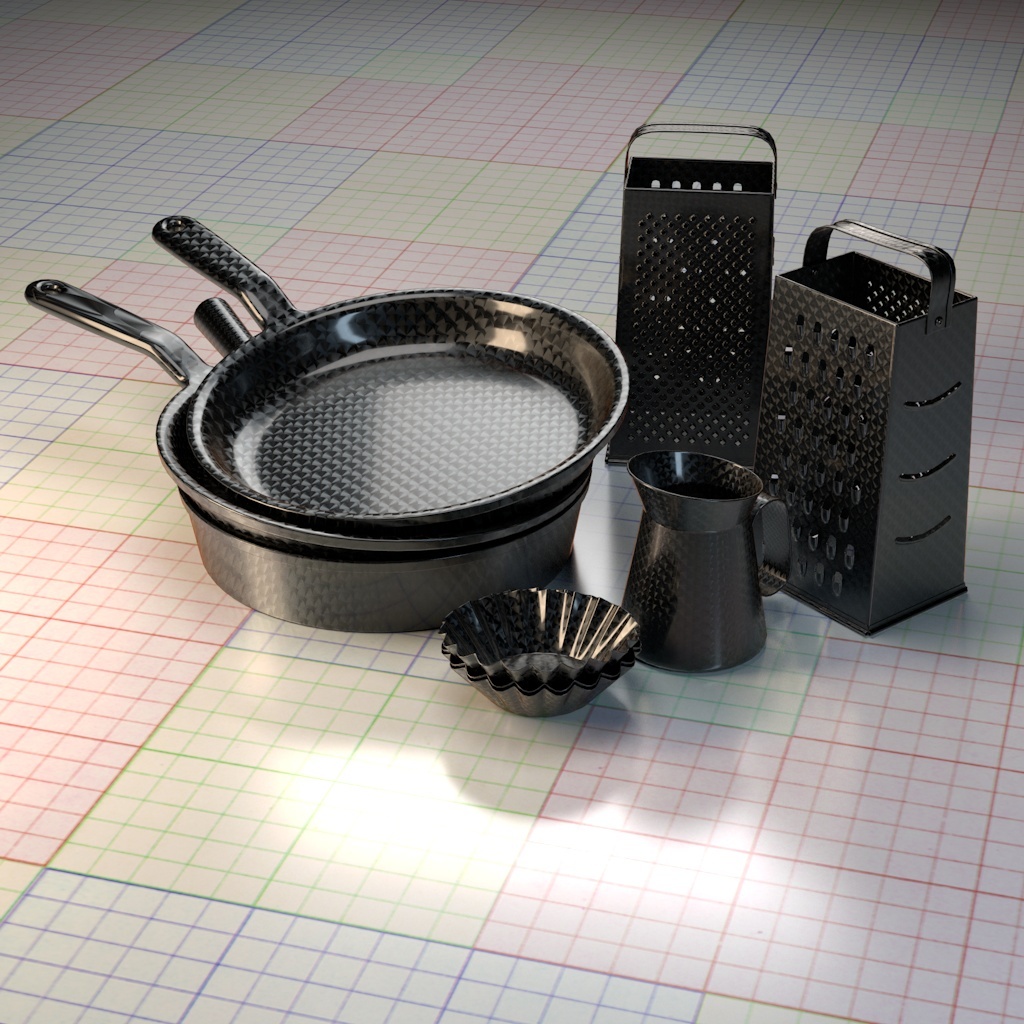
Carbon
Reflectivity [ 0.1542, 0.1395, 0.1312]
Edge Tint [ 0.1503, 0.1471, 0.1488] |
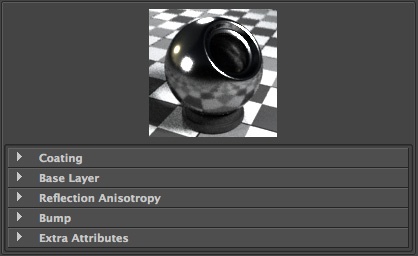
|  |
|---|
| 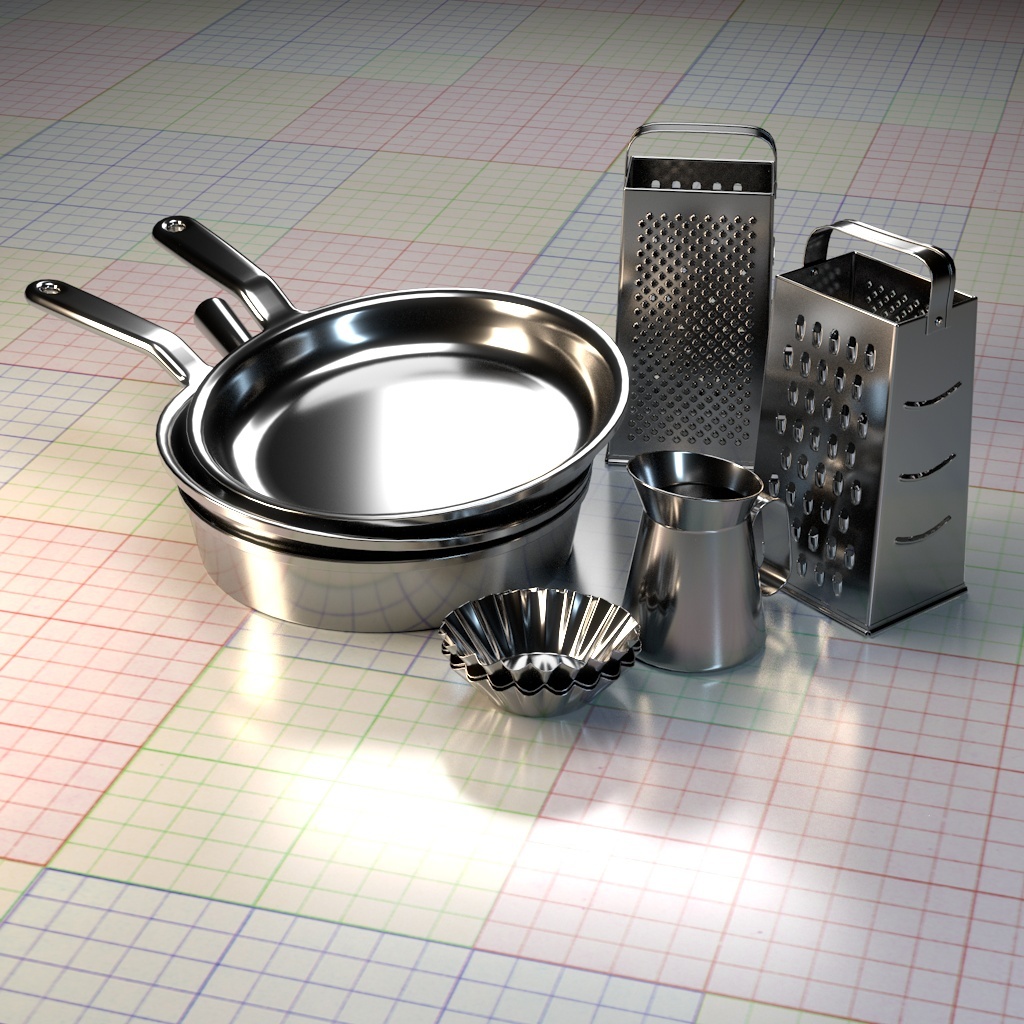 | 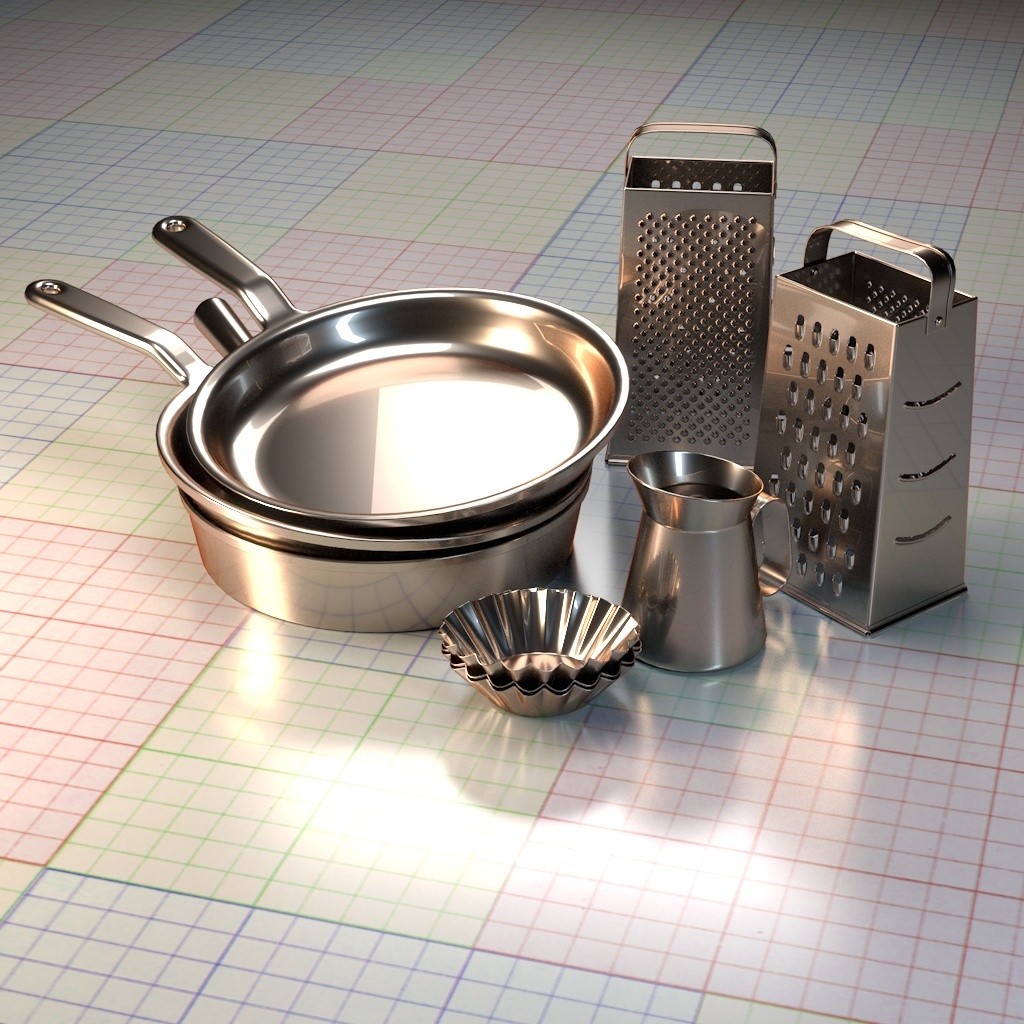 | | Coating is off | Coating is on |
|
|  | 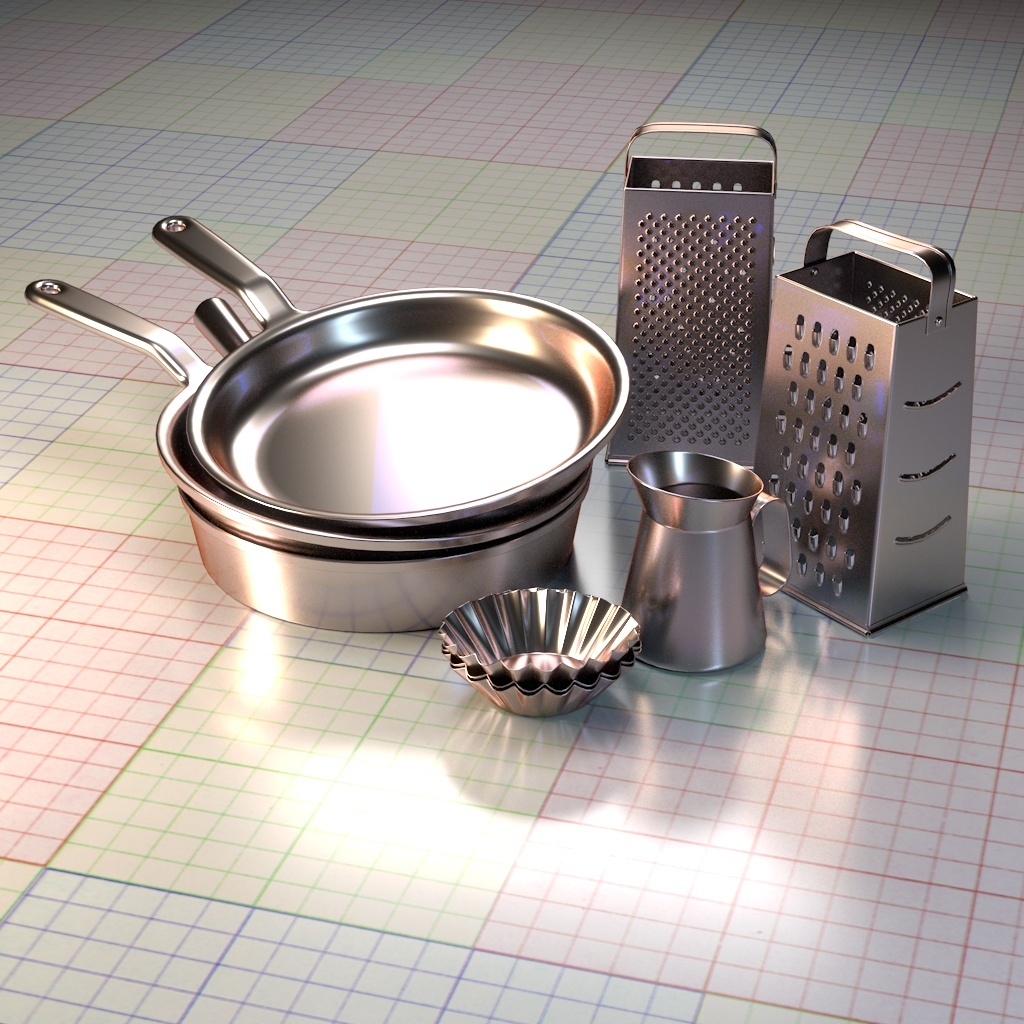 | 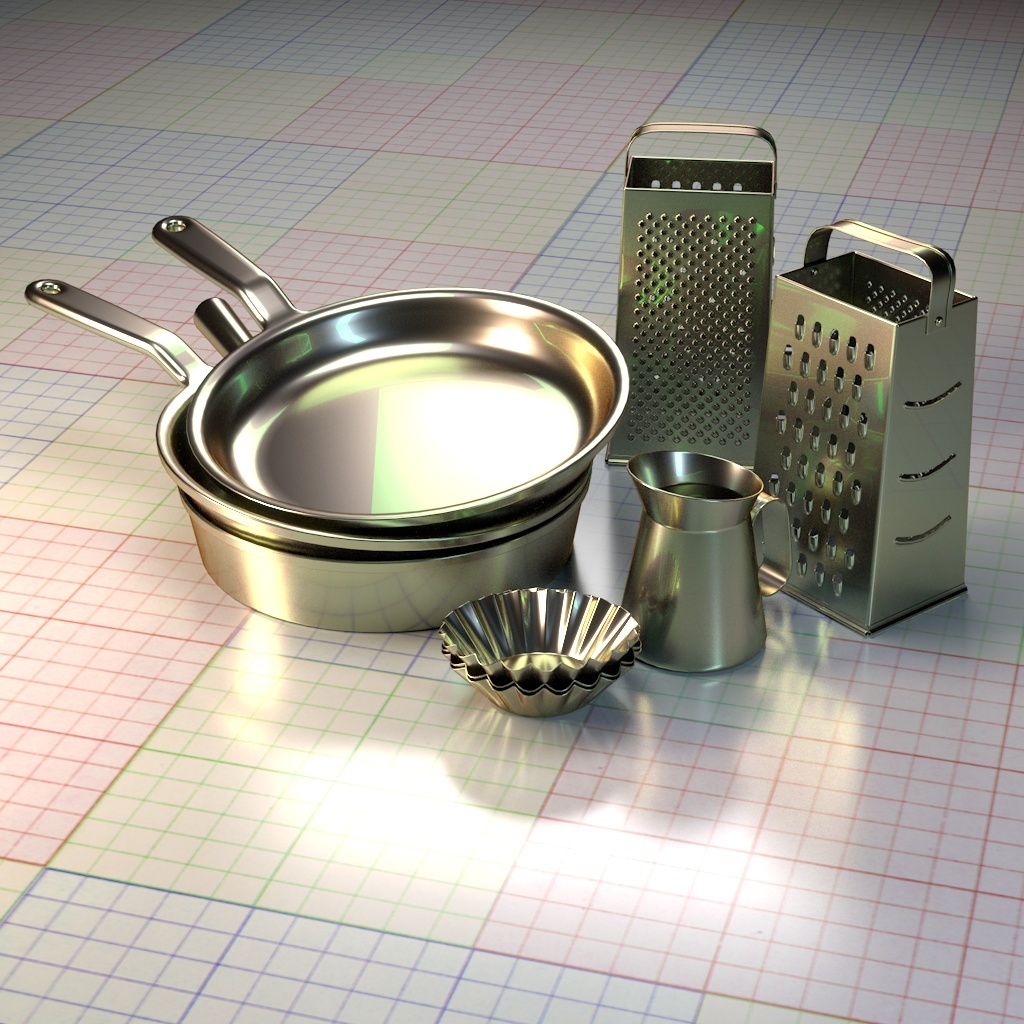 | | Coating color is [1, 1, 1] | Coating color is [0, 0.2, 1] | Coating color is [0, 1, 0.2] |
|
|  | 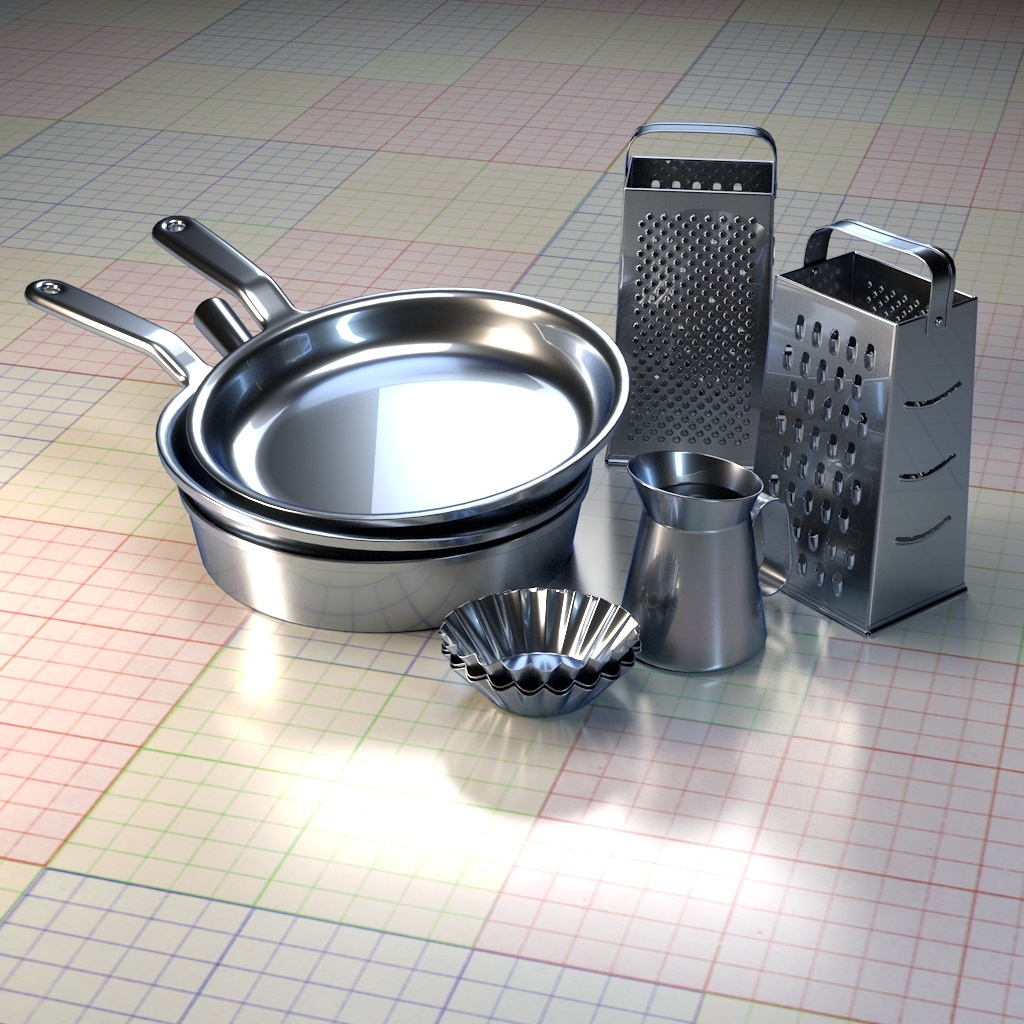 | 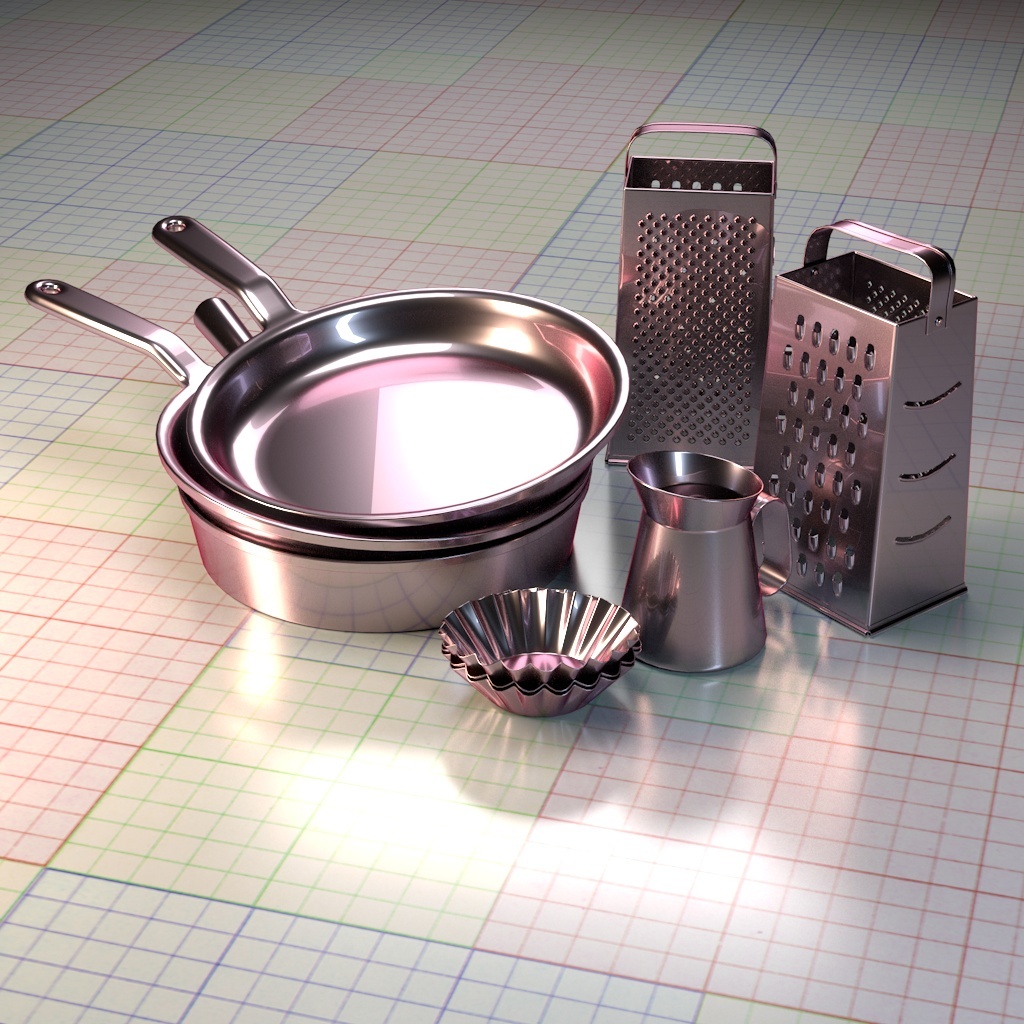 | | Transmittance is [1, 0.5, 0.1] | Transmittance is [0.1, 0.5, 1] | Transmittance is [1, 0.1, 0.5] |
|
|  |  | 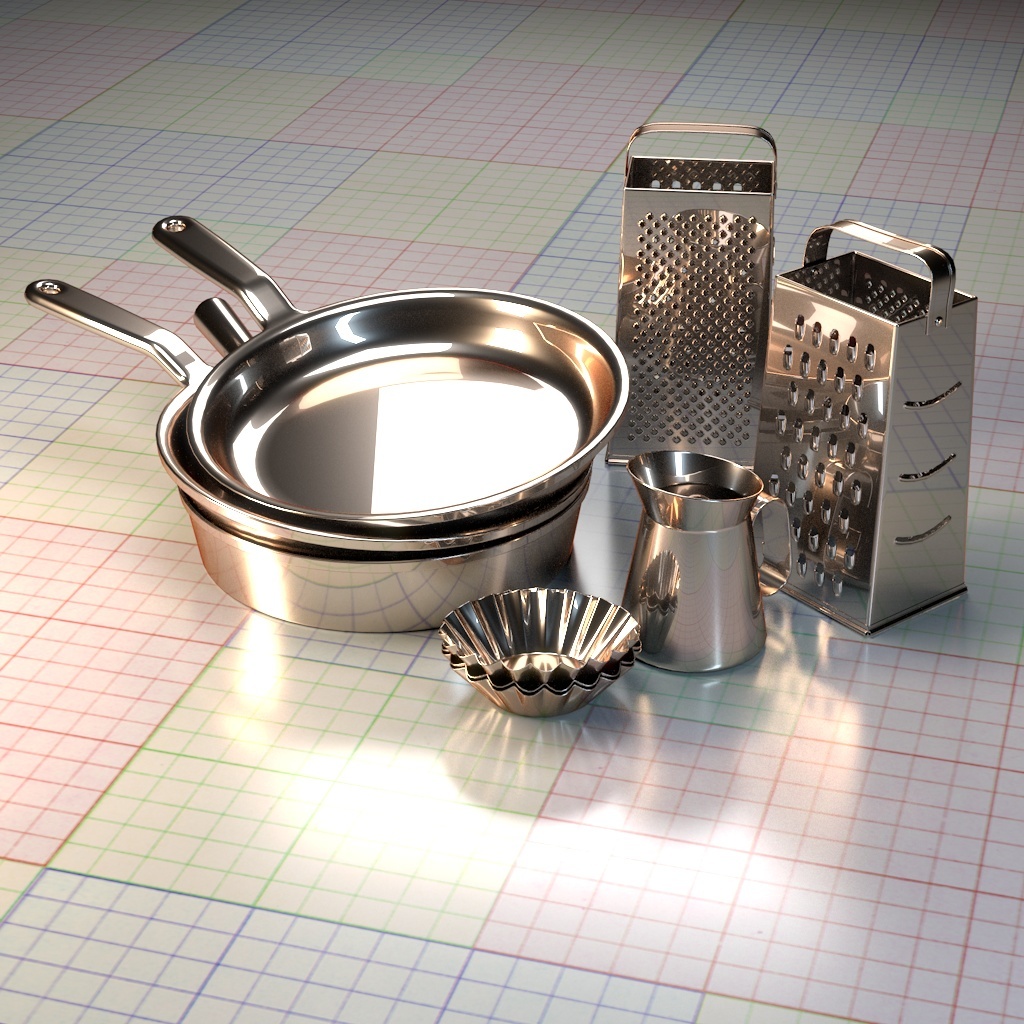 | | Reflectivity is 0.15 | Reflectivity is 0.35 | Reflectivity is 0.65 |
|
|  |  |  | | Roughness is 0 | Roughness is 0.2 | Roughness is 0.5 |
|
| 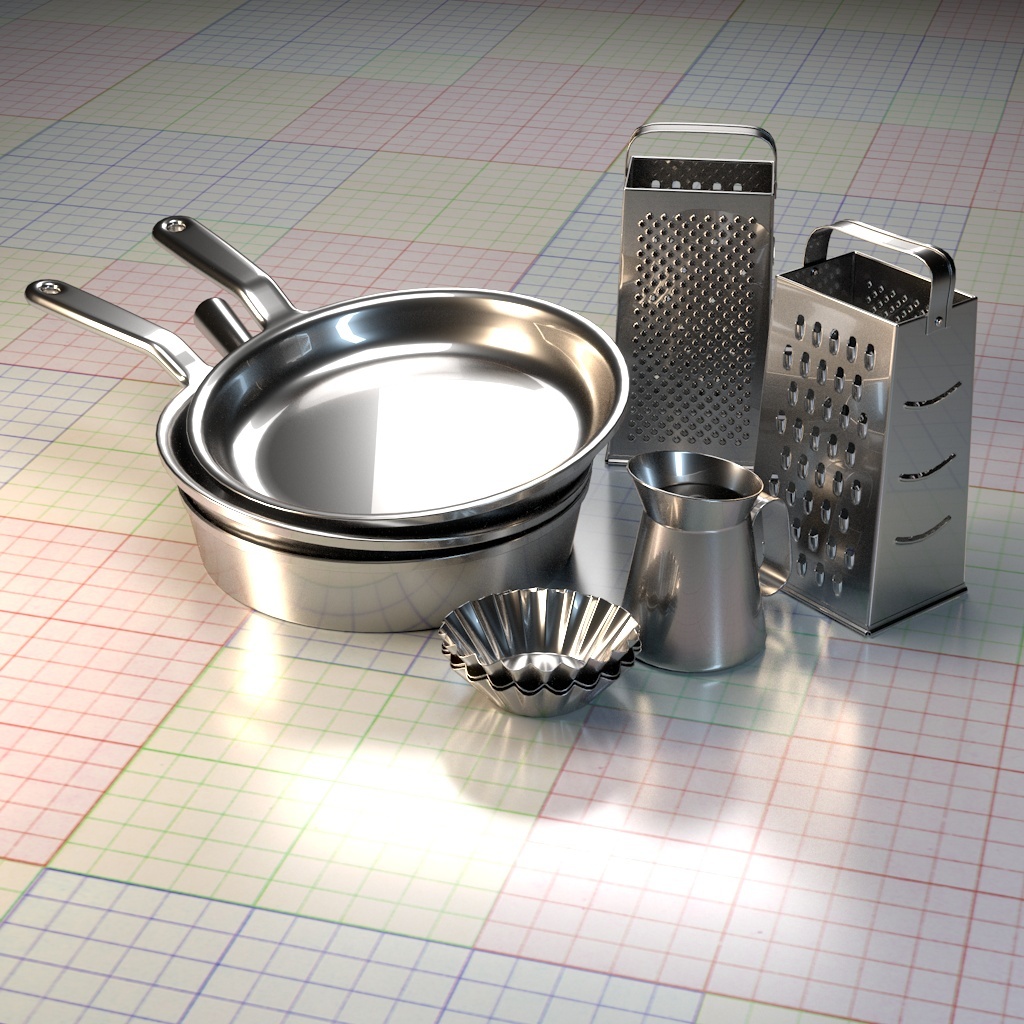 |  | 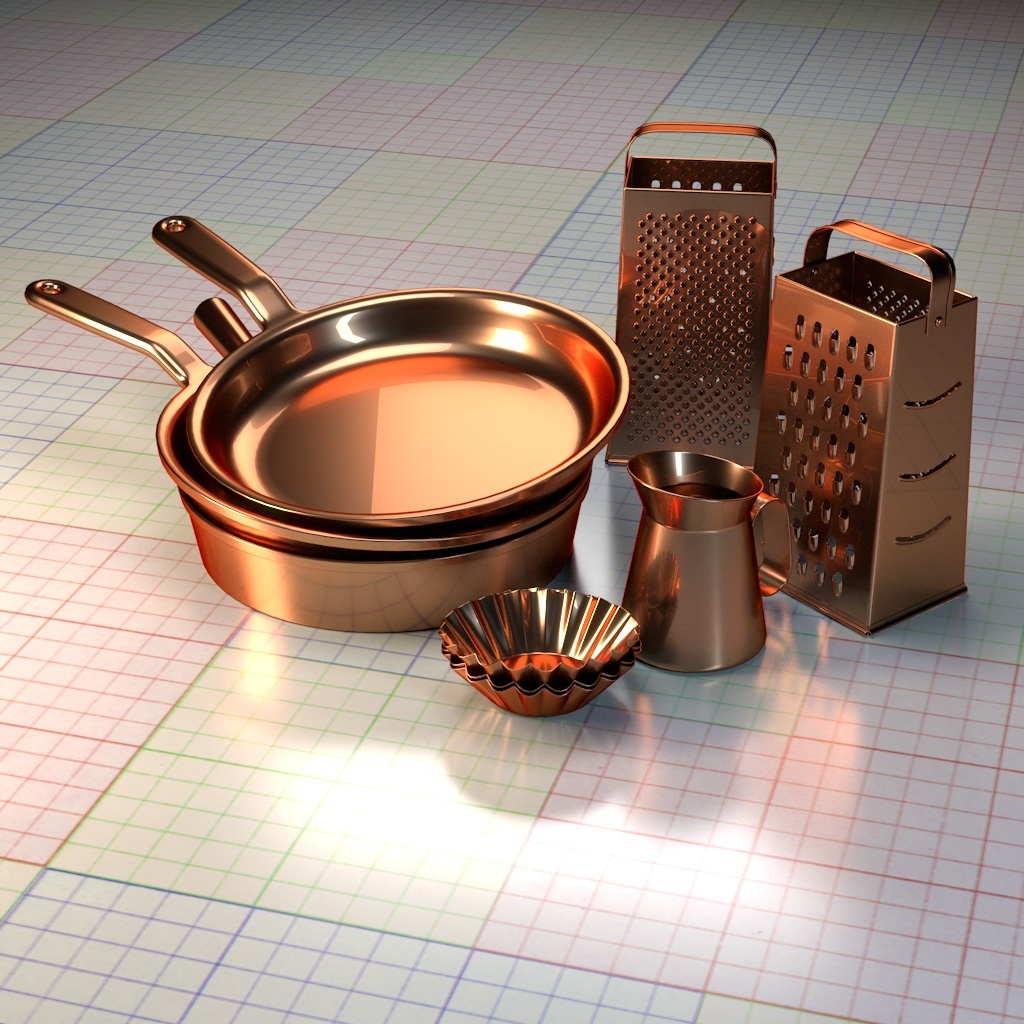 | | Thickness is 0.01 | Thickness is 0.1 | Thickness is 0.5 |
|
| 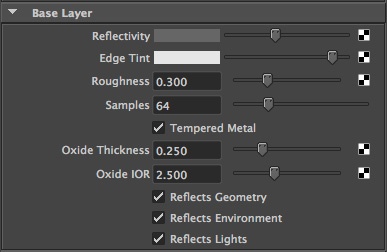 |
|---|
|  |  | 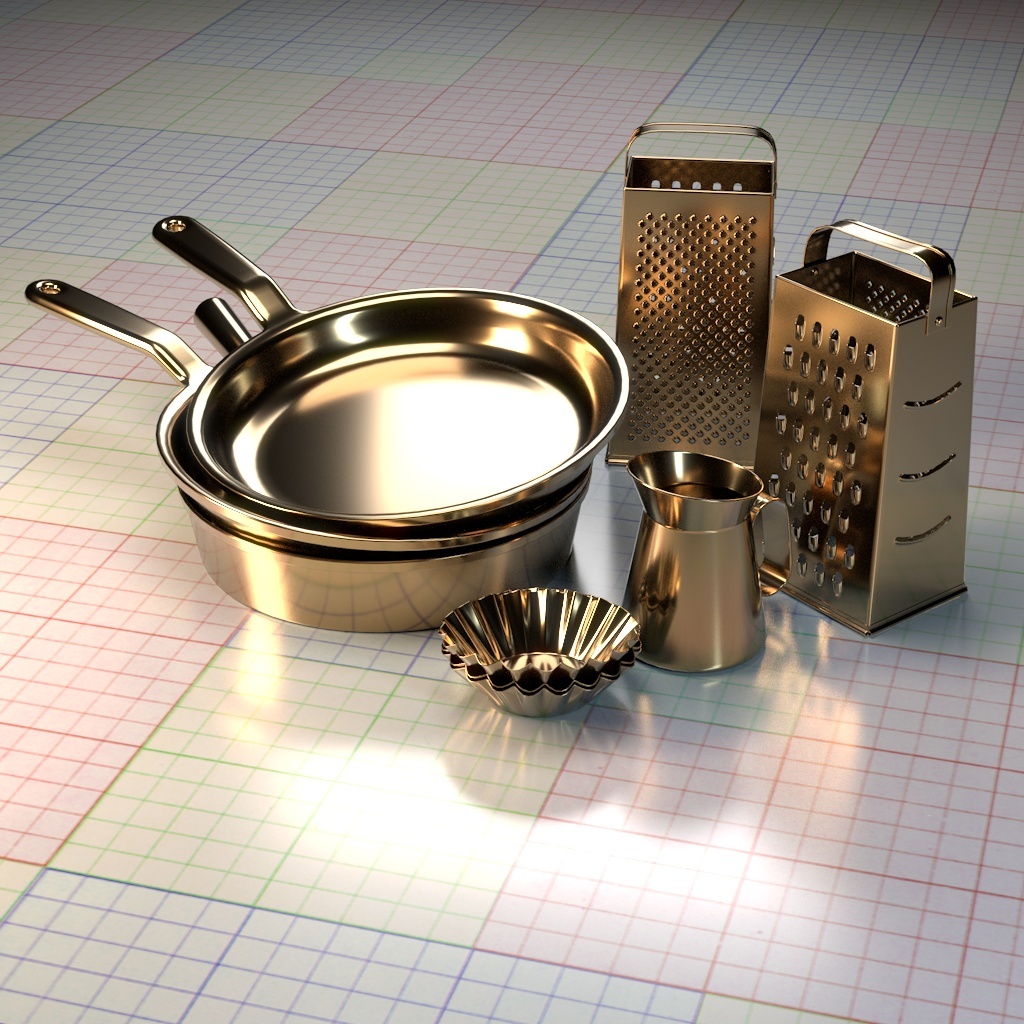 | | Reflectivity is [0.4, 0.4, 0.4] | Reflectivity is [0.2, 0.4, 0.6] | Reflectivity is [0.6, 0.4, 0.2] |
|
| 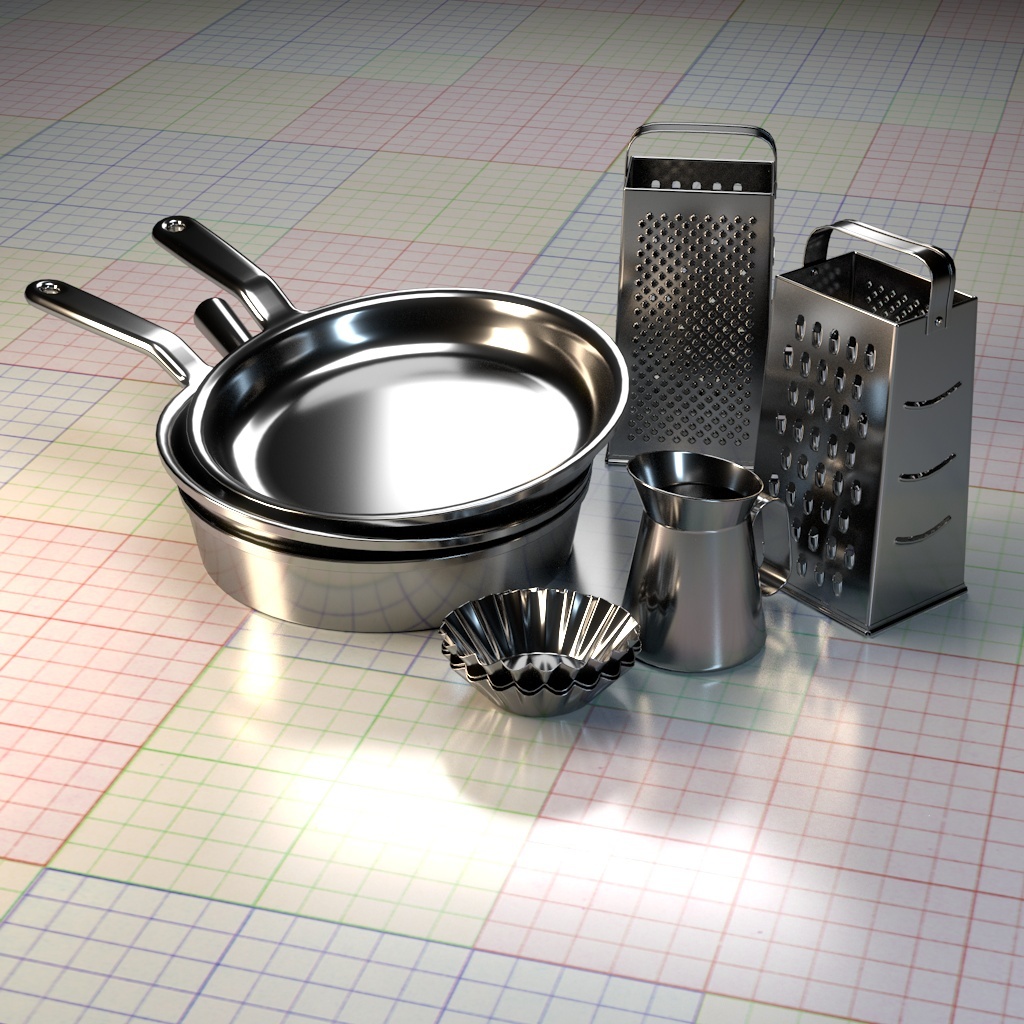 |  | 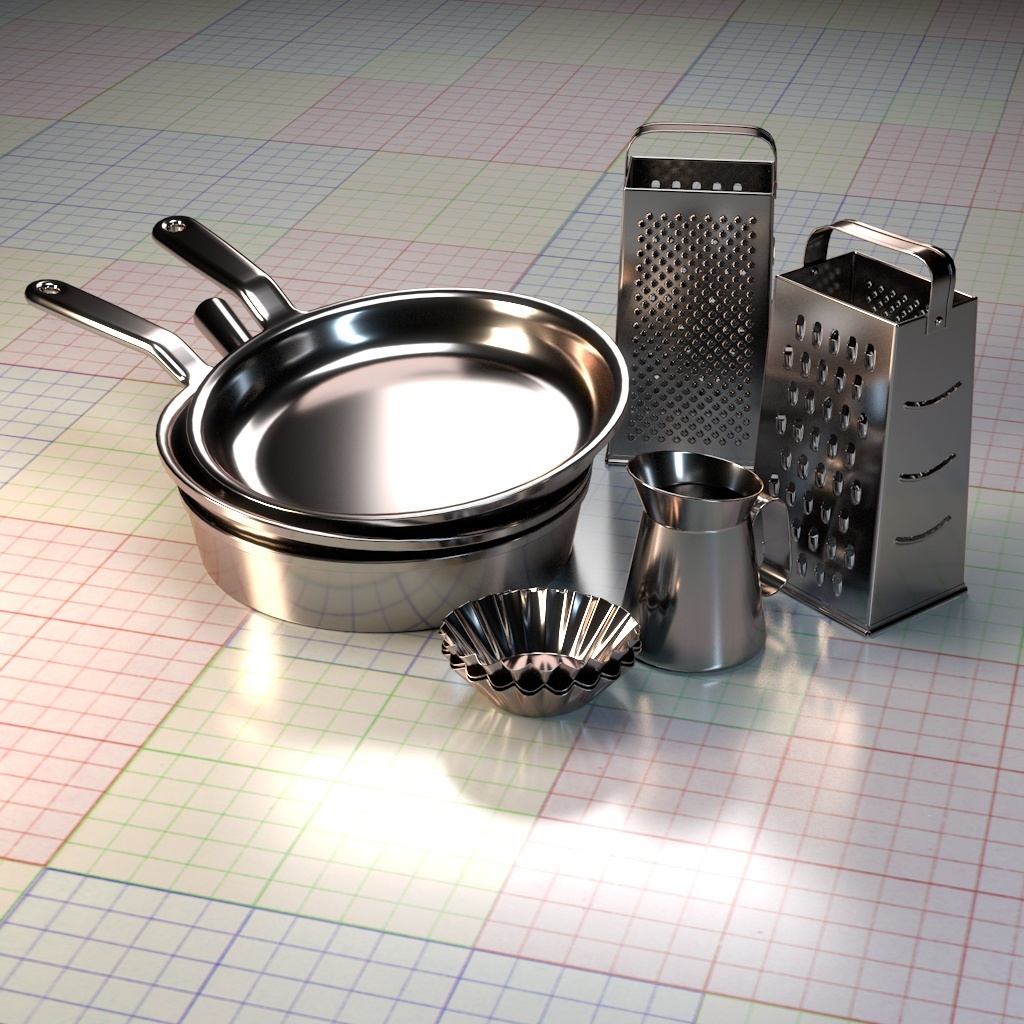 | | Edge Tint is [0, 0, 0] | Edge Tint is [0, 0.5, 0.9] | Edge Tint is [0.9, 0.5, 0.0] |
|
| 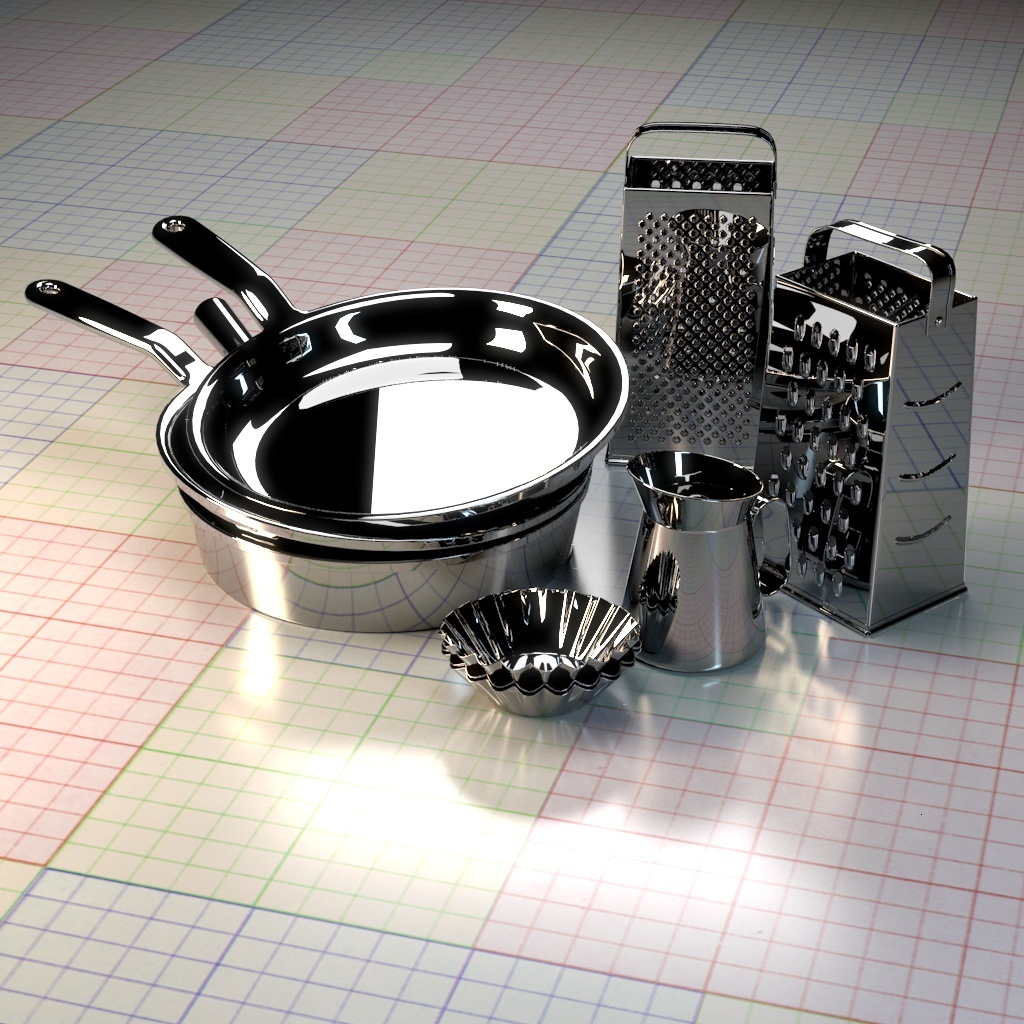 |  |  | | Roughness is 0 | Roughness is 0.2 | Roughness is 0.4 |
|
|  |  | | Tempered Metal is off | Tempered Metal is on |
|
|  |  |  | | Thickness is 0.15 | Thickness is 0.3 | Thickness is 0.5 |
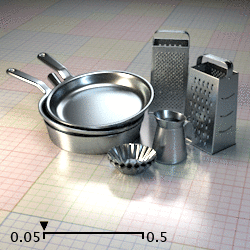
|
| 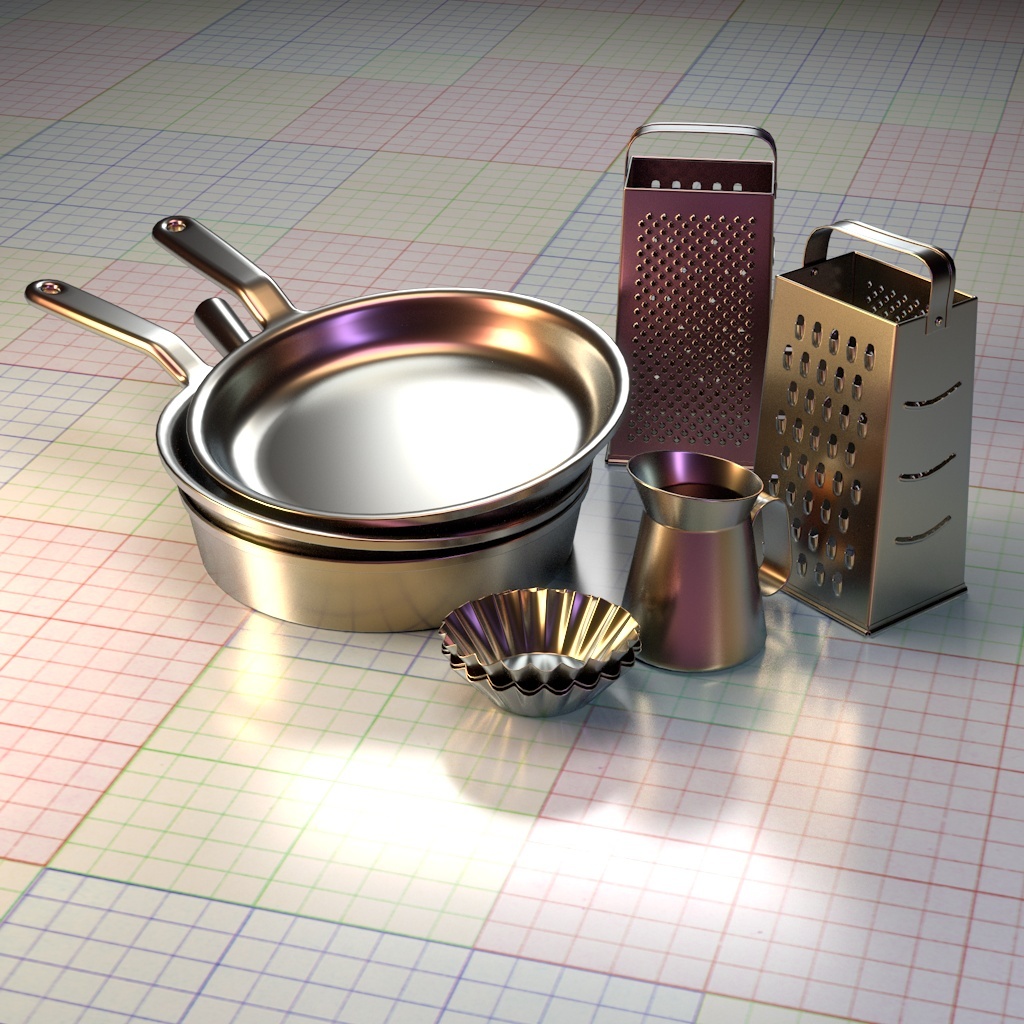 |  | 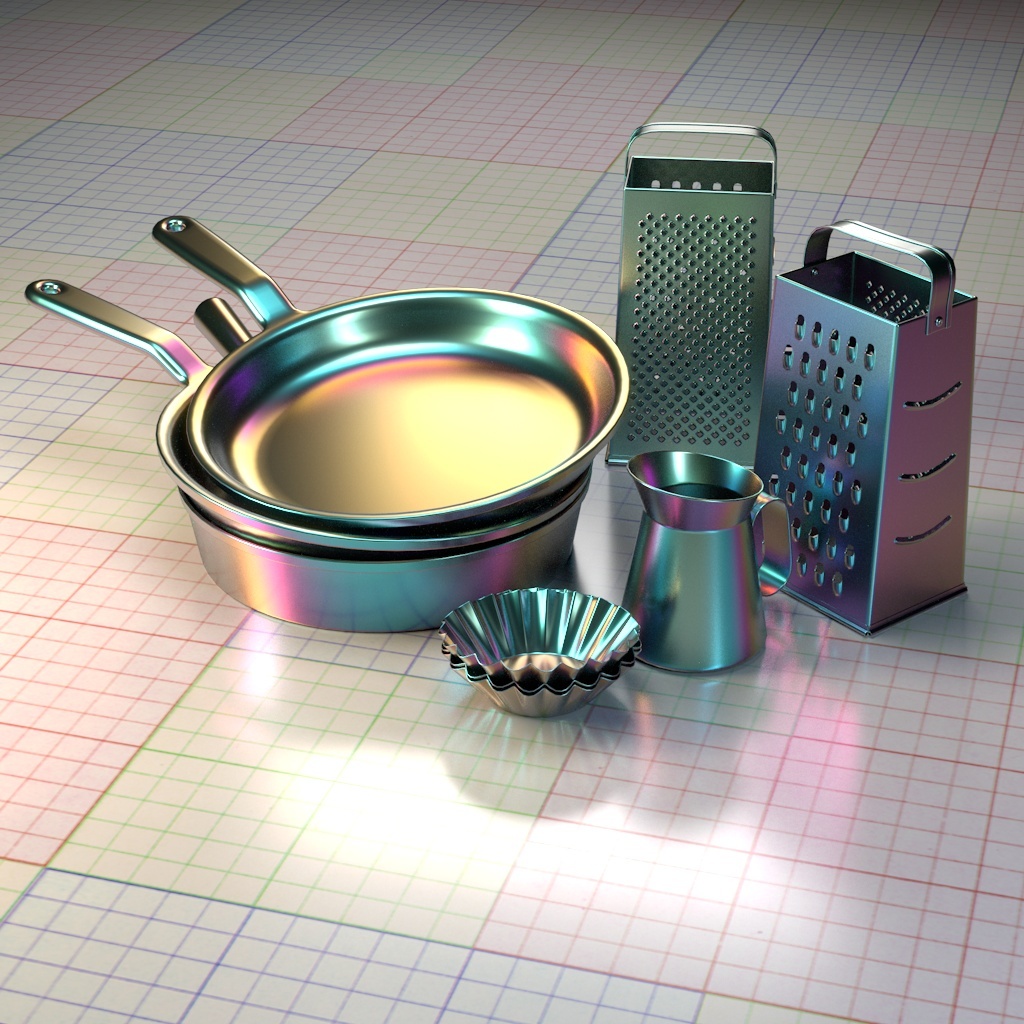 | | IOR is 1.8 | IOR is 2.2 | IOR is 2.8 |
|
|  |
|---|
| 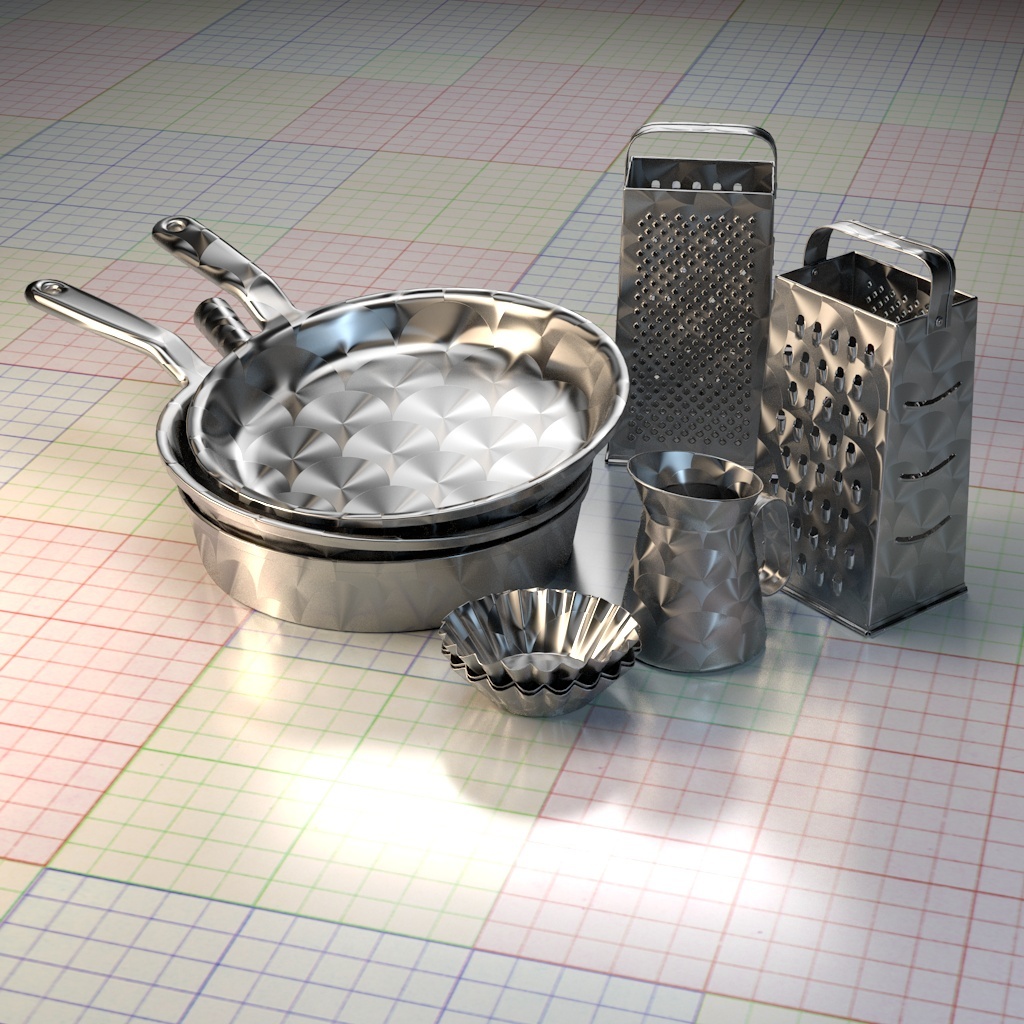 | 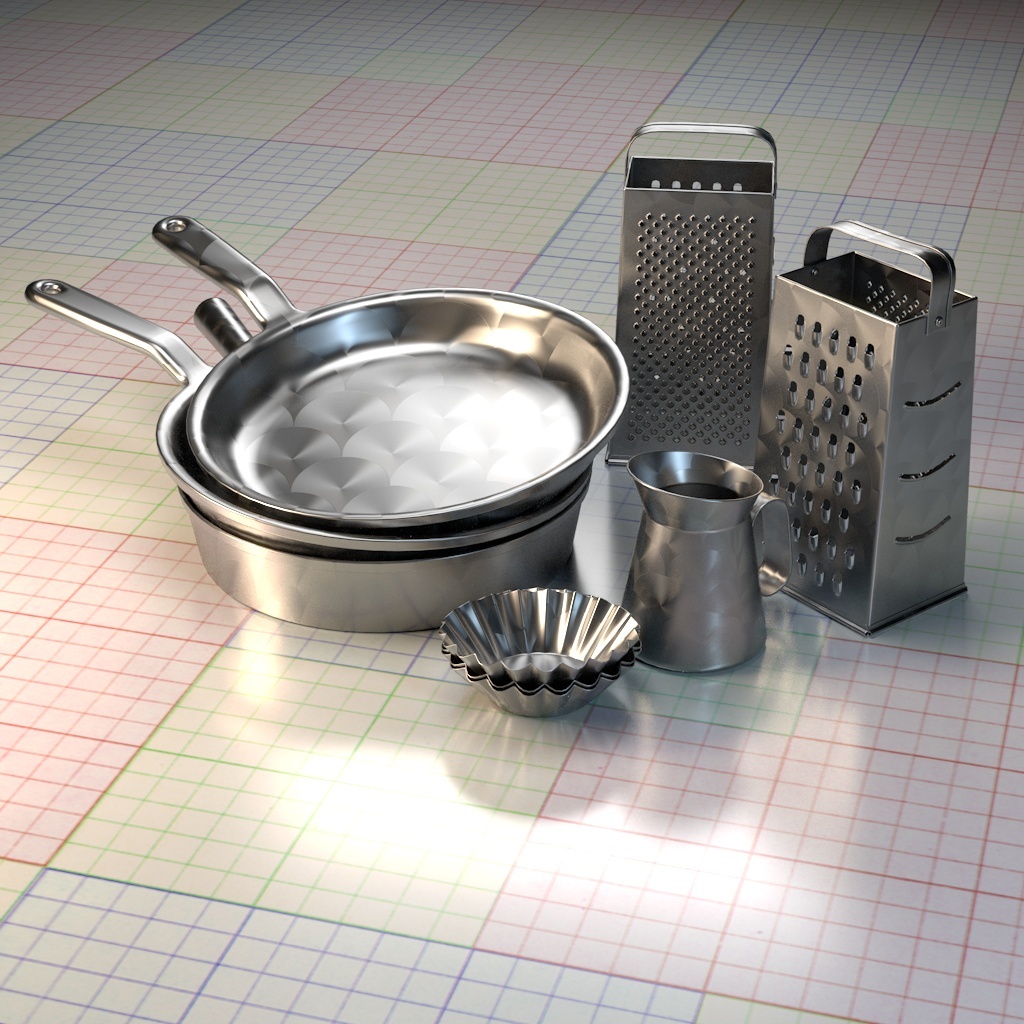 | 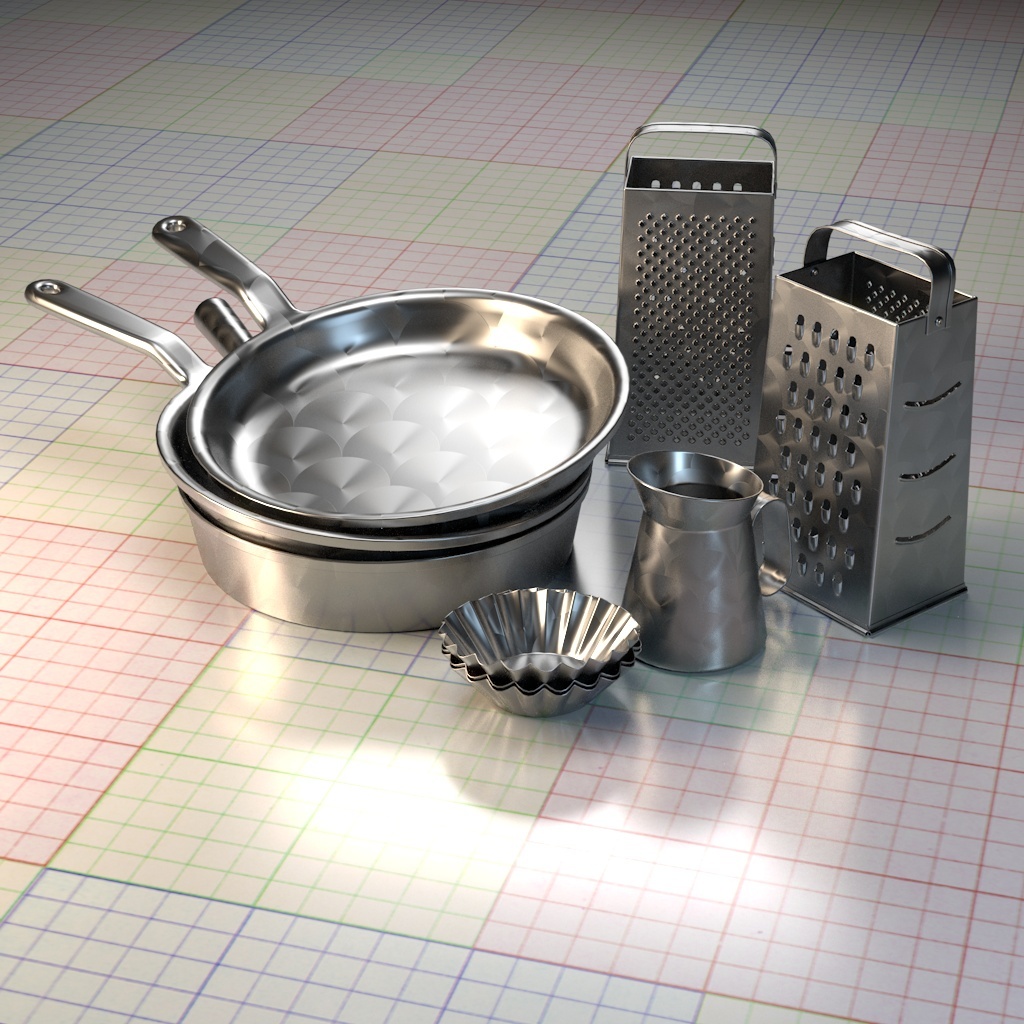 | | Anisotropy is -0.8 | Anisotropy is -0.4 | Anisotropy is 0.4 |
 |
| 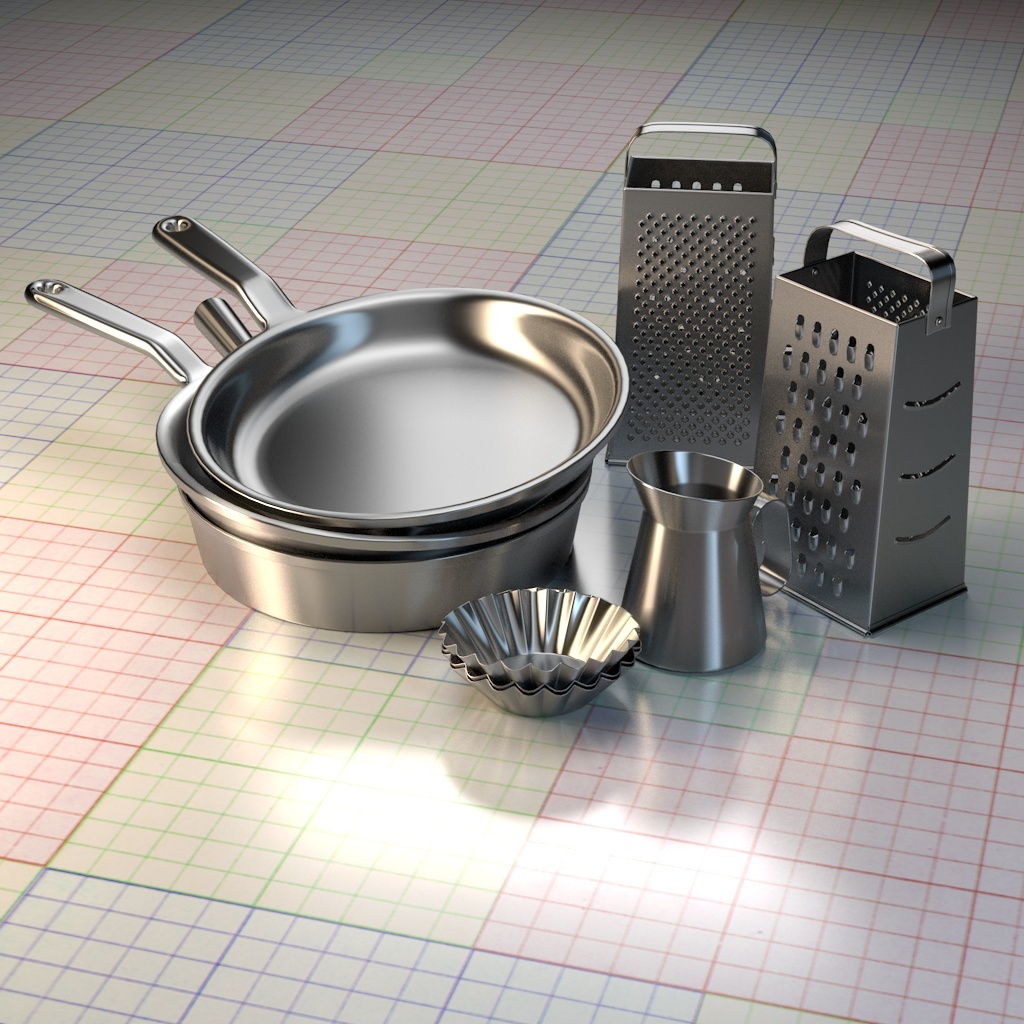 | 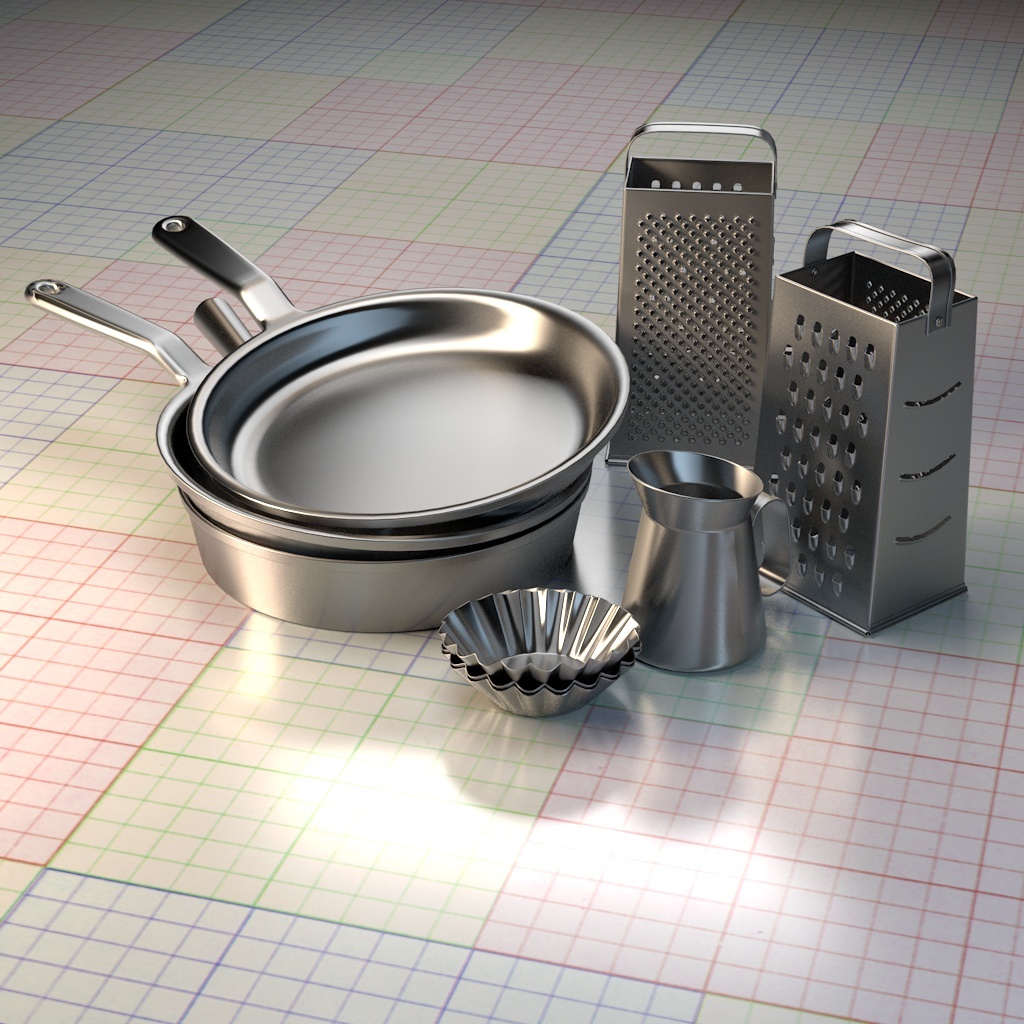 |  | | Direction is [0.5, 1, 0] | Direction is [1, 1, 0] | Direction is [1, 0.5, 0] |
Each channel in the bitmap corresponds to a spatial dimension (X, Y and Z). These spatial dimensions are relative to a varying coordinate system based on the derivatives of position with respect to texture coordinates. Individual components for any direction should be in the range [–1, 1]. But to be encoded into an RGB texture with 8 bits per component, they are mapped into the range [0, 1]. So the XYZ (0, 0, –1) will be remapped to the RGB (0.5, 0.5, 0) values. It's also possible to use an angle texture to convert the direction to the color. 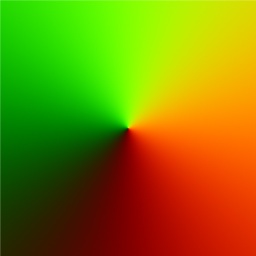
Figure 3: The angle texture for conversion the direction to the color | 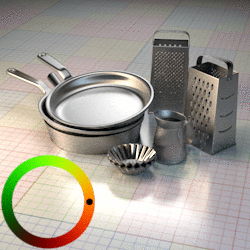 |
|













































